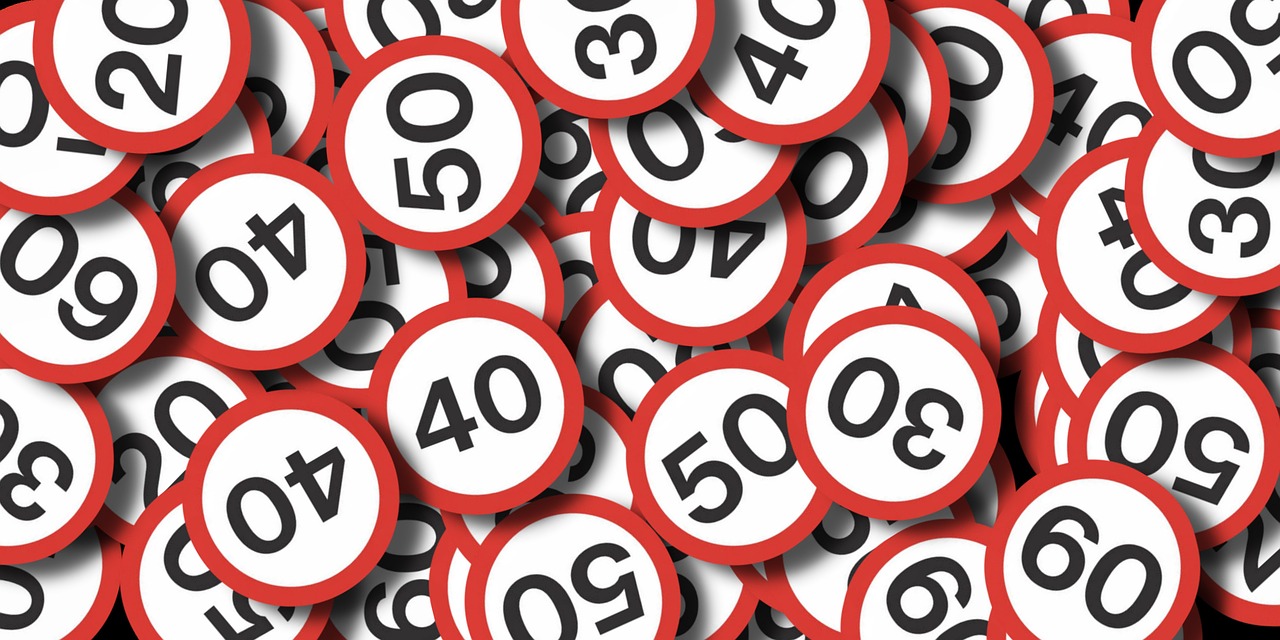Nothing beats the freedom of travelling the open road. Going at your own pace along your own path can feel liberating. But driving a car or motorcycle on the road networks of the UK you might often find yourself asking “what is the speed limit here?”.
Unlike some other parts of the world, in the UK the speed limit can vary depending on the type of road and the type of vehicle you are driving – and it is not always signposted.
National Speed Limit
You might have heard of the “National Speed Limit”, but did you know that there is more than one of them? They apply to any roads that do not already have speed limit signs. The National Speed Limit requires that all motorists are able to read the roads and understand what the limit is, without road signs being present.
30mph – on roads with street lighting, including both single and dual carriageways, but not motorways.
60mph – on single carriageway roads without lighting.
70mph – on motorways and on dual carriageway roads without lighting.
Local Speed Limit
An individual section of road may also have its own local speed limit applied to it, in which case it must be signposted at the start of the limit with regular signposted reminders throughout. A local speed limit means that the road may have a higher or lower speed limit than it would usually have, though this will not exceed 60 on single carriageways or 70 on dual carriageways.
20mph Safety Zones
Some local councils have begun to use 20mph speed zones around schools. 20mph zones are designed to be “self-enforcing” by changing the layout of the road or by using traffic calming measures such as using speed bumps and cameras which are introduced to the road and roadside along with the change in the speed limit. Repeater signs are not usually used in a 20mph zone as even if a driver wrongly assumes that they are in a 30 limit from their surroundings, they shouldn’t be able to physically exceed 20mph.
Some local authorities, particularly in the London boroughs, have decided to reduce most of their urban roads to a 20mph speed limit, which is different from a 20mph safety zone as they are not “self-enforcing”.
Minimum Speed Limits
A minimum speed limit is the lowest speed that you are allowed to travel at if traffic is moving freely. Minimum speed limits are rarely used however a good example would be a minimum speed limit of 10mph applies to some of the longer road tunnels in the UK. However, if you can’t reach this speed due to slow moving traffic, it is acceptable to travel at a slower speed.
Don’t Break the Limit!
Today, more than ever, there is a huge level of discontent amongst the UK population when it comes to the setting of speed limits. Noticeable by the increasing proportion of the road network which is now covered by specific local limits.
If you break the speed limit on any of the roads in the UK, you could end up with points on your driving licence, and if you earn more than six penalty points within 24 months of passing your driving test then your driving licence will be revoked and you will have to resit the driving test again.

